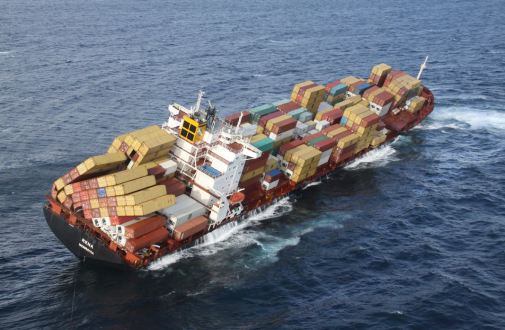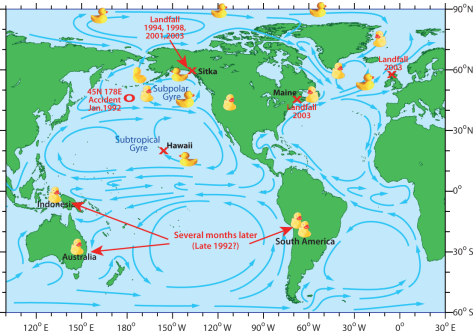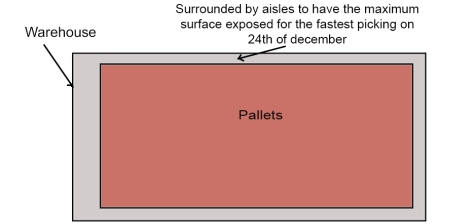Today while eating the merienda (remember guys, eating five times a day is important for a healthy life) I saw a chapter of Big Band Theory about Sheldon Cooper applying to a Mars colonization project. It made me think about how the Mars colonization would be. Humankind has dreamt on colonizing mars since decades ago, but it always seemed imposible til now, when we start to consider it not only as a possibility, but as a must… So, how would it be?
First of all, why should we go to Mars? A colony without a purpose would be senseless. Obviously an initial investment that will be basically without financial return would be needed, but this dependency on subventions cannot last forever; “donors” (states, entrepreneurs, philanthropic funds) would agree to bear the project only if it should lead to an entrepreneurial venture capable of ensuring its functioning independently.

An economic analysis of a colony, in order to be set within a framework as realistic as possible, had to be developed upon a scenario addressing, by priority, the following selection criteria:
- Supplying products or services which would be specifically Martian, so as to mitigate competition from other locations (including terrestrial ones).
- Discarding exports involving interplanetary transport of bulky masses (metals, semi-finished products), unless their value justifies the cost of travel (paying passengers, possibly some rare metals).
But this would only be the beginning of the problem. How would the habitants live?Which initial investment would be needed? How could we achieve a profitable operation over the long run? Which would be the cost of transfer of passengers to Mars? Could the colony comercialize Mars tourism?
All this questions, and far more, are answered in this interesting article, where a very detailed model of how the economy and the supply logistics of a martian proto-colony would operate is shown. The article is really worth the read, not only to the scienfiction nerds like me, but to everyone interested in logistics.
We know how logistics work on Earth, but, what about Mars?










